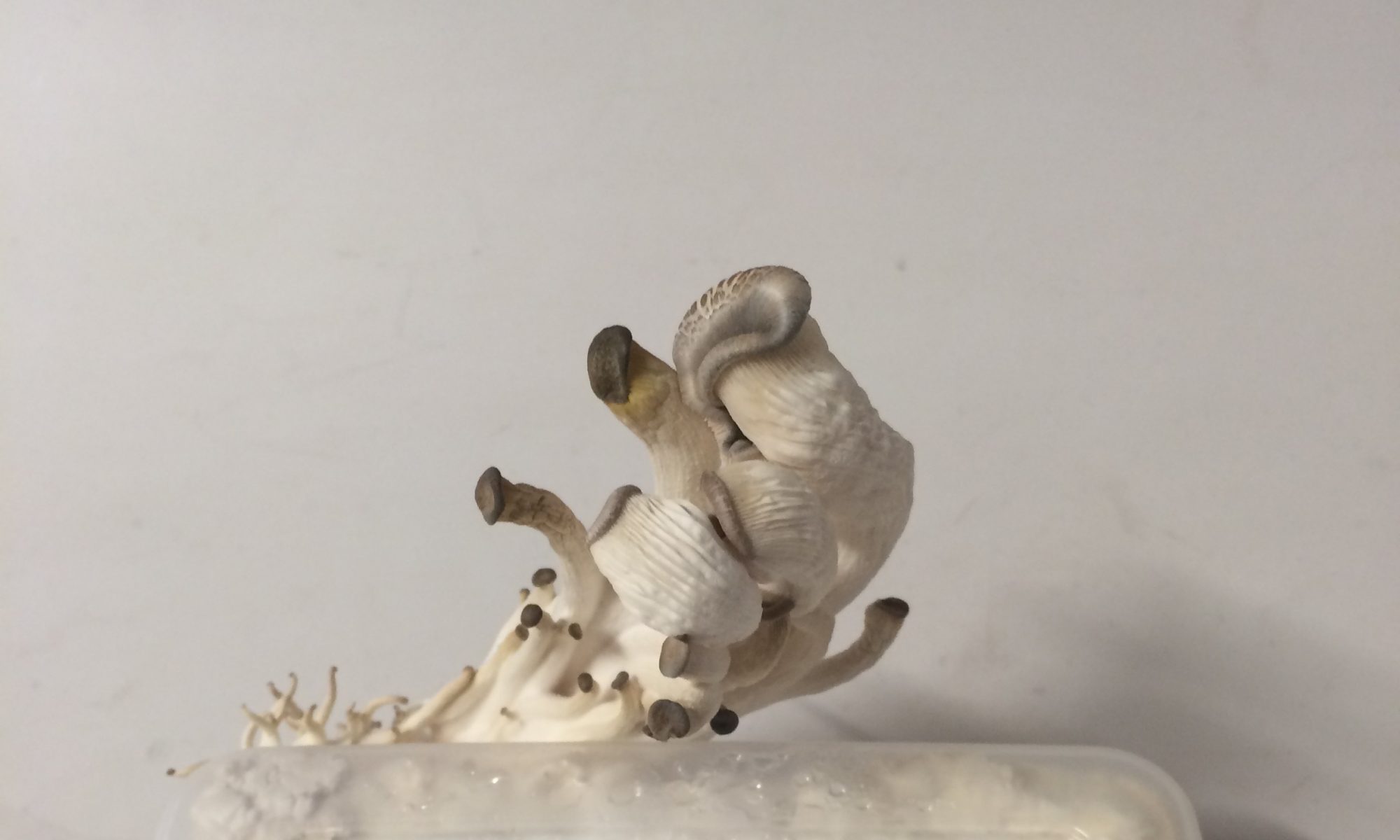(My emphasis added to the last line of the excerpt.)
A study that argues for more research into the safe disposal of chemical-laced wastewater resulting from natural gas drilling found that a patch of national forest in West Virginia suffered quick and serious loss of vegetation after it was sprayed with hydraulic fracturing fluids.
The study, by researchers from the United States Forest Service, was published this month in the Journal of Environmental Quality. It said that two years after liquids were legally spread on a section of the Fernow Experimental Forest, within the Monongahela National Forest, more than half of the trees in the affected area were dead.
The researchers said that the disposal section was less than half an acre in size “to minimize the area of forest potentially affected by the fluid application.” About 75,000 gallons were applied over two days in June 2008.
The study’s author, Mary Beth Adams, a soil scientist, said that if the same amount had been spread over a larger area, less environmental damage to the forest would probably have been resulted.
She said that there was little information in the scientific literature about such impacts and that the study indicated that “there are potential effects of natural gas development that we didn’t expect.”
Fluids From Hydraulic Fracturing Killed Trees, Study Says – NYTimes.com.

